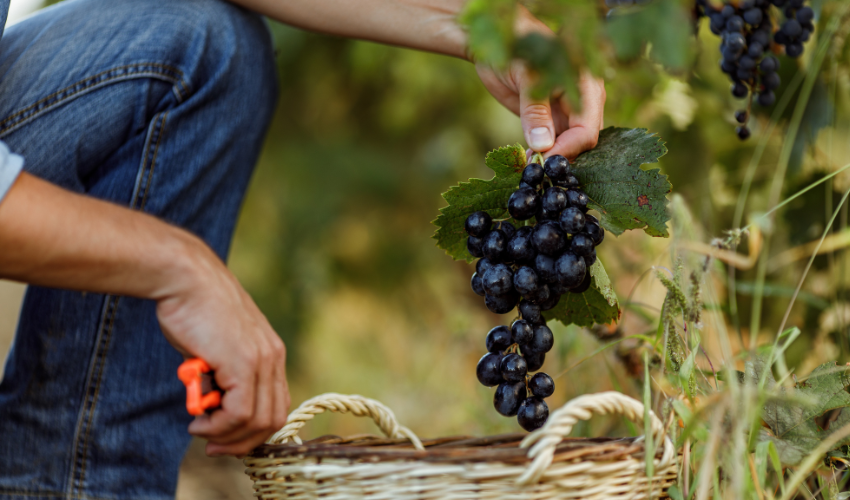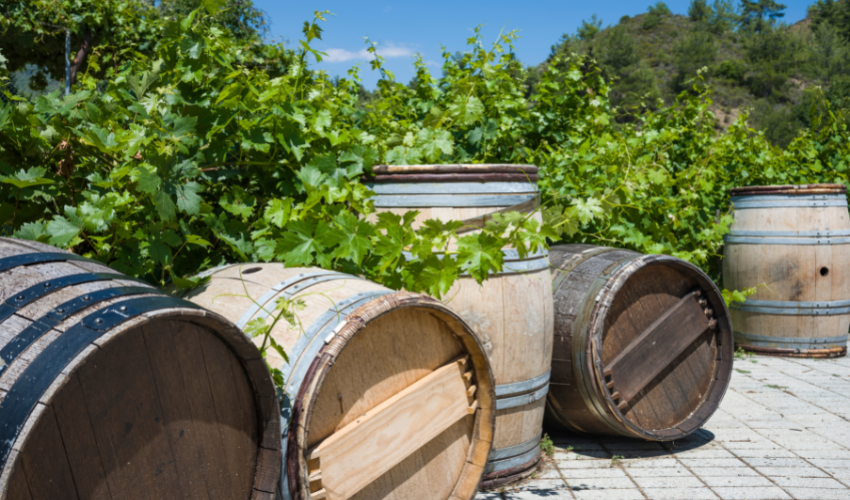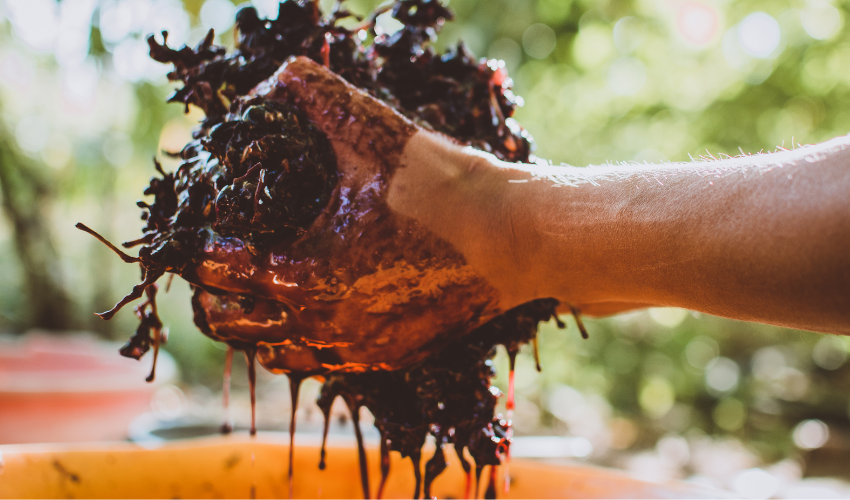Wine has been a popular beverage for centuries, and making your own wine can be a rewarding and enjoyable experience. While it may seem like a daunting task, the process of making wine can be broken down into several simple steps. In this article, we’ll take a closer look at the wine making steps, from selecting grapes to bottling the finished product.
Step 1: Grape Selection

The first step in wine making is to select the right grapes. The type of grape you choose will have a significant impact on the final flavor of the wine. Some of the most popular grapes for wine making include Cabernet Sauvignon, Chardonnay, Pinot Noir, and Merlot. When selecting grapes, it’s important to choose those that are ripe and free of mold and other defects.
Step 2: Crushing and Pressing
Once you’ve selected your grapes, the next step is to crush them. This can be done using a wine press or by hand. Crushing the grapes releases the juice, which is then collected and transferred to a fermentation vessel. At this point, the juice may be left to sit for a period of time to allow for natural fermentation, or yeast may be added to kickstart the process.
Step 3: Fermentation
During the fermentation process, yeast converts the sugar in the grape juice into alcohol. This process typically takes between one and two weeks and is carried out in a temperature-controlled environment. Once fermentation is complete, the wine is transferred to a new vessel to age.
Step 4: Aging
Aging is an important step in the wine making process, as it allows the flavors and aromas to develop. The length of time wine is aged will vary depending on the type of wine and the desired flavor profile. Some wines may only be aged for a few months, while others may be aged for several years.

Step 5: Clarification
After aging, the wine may be clarified to remove any sediment or impurities. This can be done using fining agents, such as egg whites or gelatin, or by filtration.
Step 6: Bottling
The final step in the wine making process is bottling. Before bottling, the wine may be blended with other wines to achieve a desired flavor profile. Once bottled, the wine may continue to age in the bottle, but is typically ready to drink immediately.
FAQs:
How long does it take to make wine?
The wine making process typically takes between six months and two years, depending on the type of wine and the desired flavor profile.
Can I make wine at home?
Yes, wine can be made at home using a variety of equipment and supplies that are readily available online or at homebrewing stores.

Do I need a wine press to make wine?
While a wine press can be helpful, it’s not necessary to make wine. Grapes can be crushed by hand or using a food processor, and the juice can be collected using a strainer.
What’s the best temperature for fermentation?
The ideal temperature for fermentation is between 60°F and 75°F, depending on the type of wine and the yeast being used.
How long should I age my wine?
The length of time wine is aged will vary depending on the type of wine and the desired flavor profile. Some wines may only be aged for a few months, while others may be aged for several years.
Conclusion:
Making your own wine can be a fun and rewarding experience, and by following these six wine making steps, you’ll be well on your way to creating a delicious and unique wine. Remember to start with quality grapes, pay close attention to the fermentation process, and be patient during the aging process. With a little practice and experimentation, you may even find yourself creating your own signature blends. So gather your supplies, select your grapes, and get ready to enjoy the fruits of your labor with a delicious glass of homemade wine. Cheers!






















